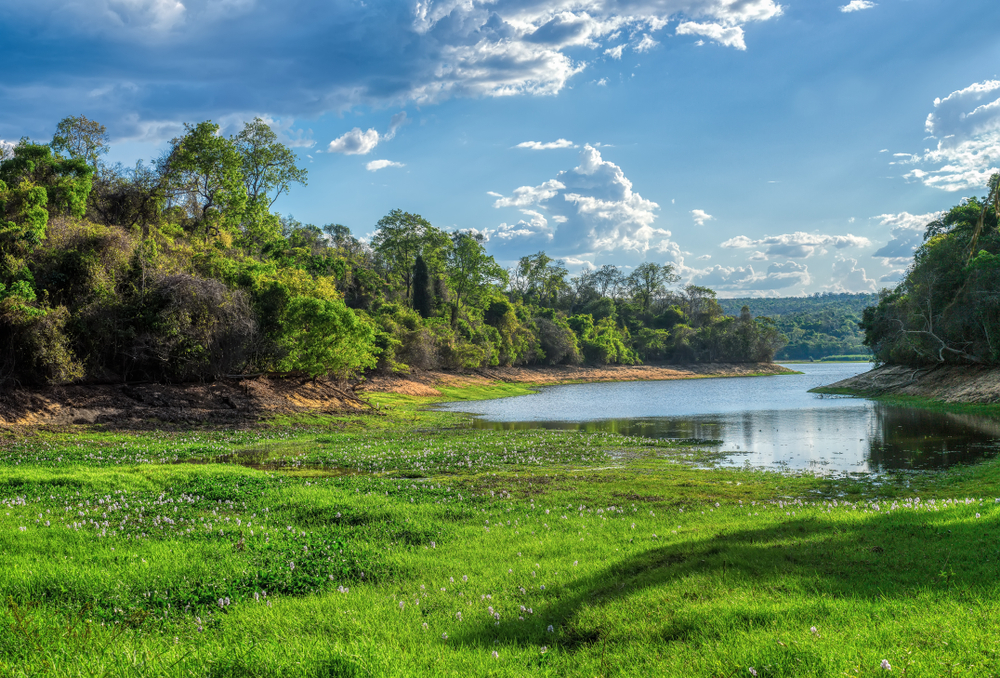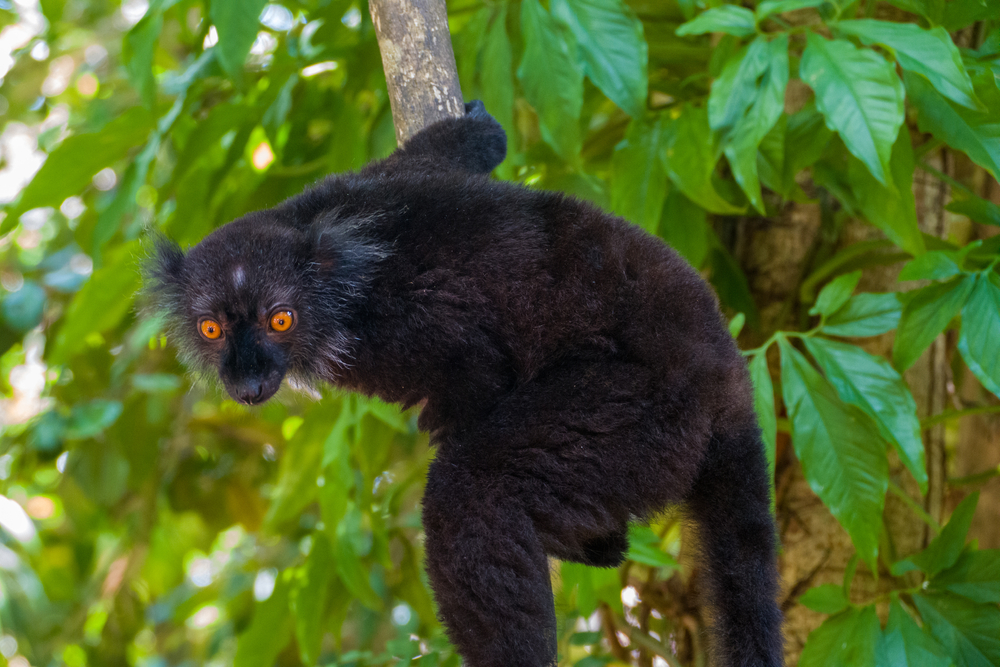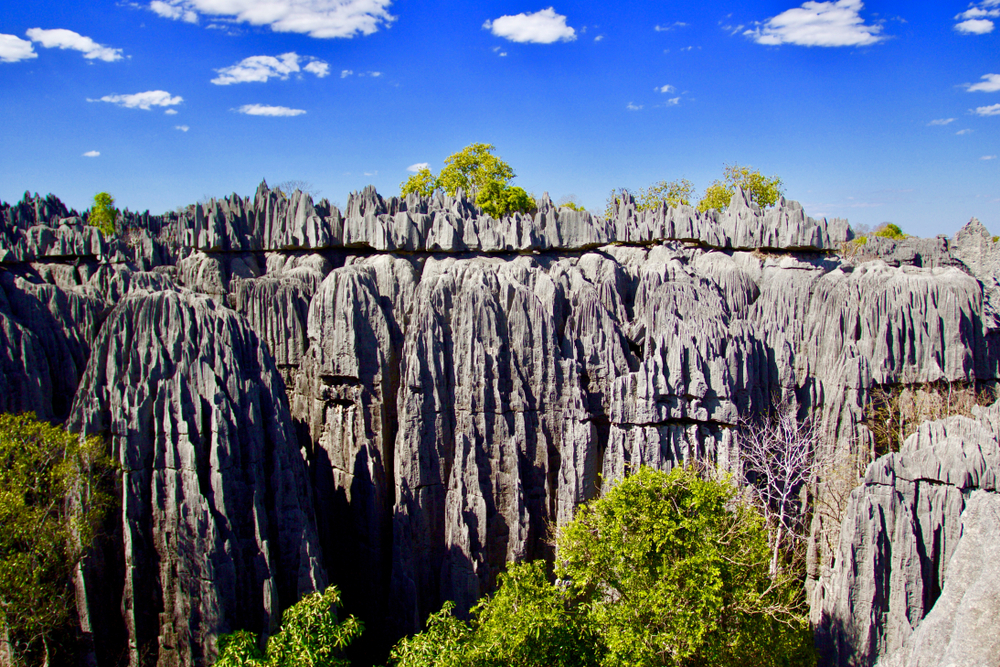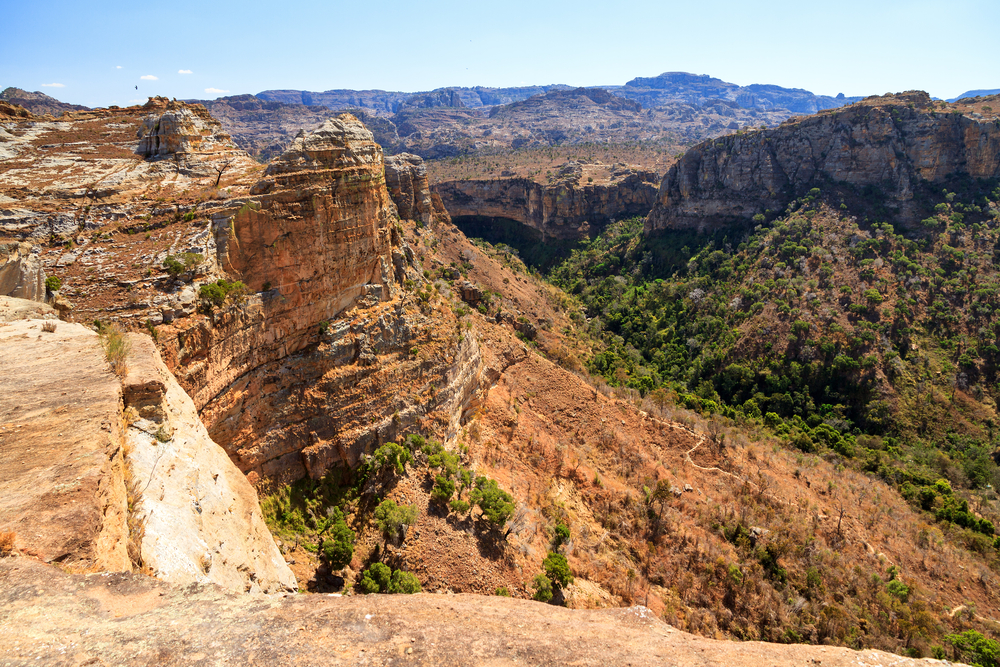Marojejy Overview
Marojejy National Park, locally known as “Parc National de Marojejy,” is a UNESCO World Heritage Site located in northeastern Madagascar, near the town of Sambava. Established in 1952 as a strict nature reserve and designated as a national park in 1998, Marojejy spans approximately 55,500 hectares (214 square miles). The park is celebrated for its extraordinary biodiversity, dramatic landscapes, and unique ecosystems that range from lowland rainforests to misty mountaintops. Its name, Marojejy, derives from the Malagasy language, meaning “the place of abundant stones,” reflecting its rugged terrain.
The park’s terrain is characterized by steep mountains, deep valleys, and sharp ridges, with elevations ranging from 75 meters (246 feet) to 2,132 meters (6,995 feet) at the summit of Marojejy Mountain. This range of altitudes creates a series of microclimates, supporting distinct vegetation zones. The lower elevations are covered in dense lowland rainforests, transitioning to montane forests and then to high-altitude scrub and heathland near the summit. The lush greenery is interspersed with streams, waterfalls, and sheer rock faces, creating a breathtakingly diverse and visually striking landscape.
Marojejy is home to an astonishing variety of wildlife, many of which are endemic to Madagascar. The park is perhaps best known as one of the last refuges of the critically endangered silky sifaka, often called the “angel of the forest” due to its striking white fur. Other lemur species include the red-bellied lemur and the white-fronted brown lemur. The park also boasts over 120 bird species, such as the Madagascar serpent eagle and helmet vanga, making it a hotspot for birdwatchers. Reptiles and amphibians, including colorful chameleons, geckos, and frogs, thrive in the park’s diverse habitats. The flora is equally remarkable, with numerous orchids, palms, and ferns adding to its lush appeal.
Visitors to Marojejy National Park can engage with its natural wonders through guided hikes that vary in difficulty. The park offers a three-tier trail system leading to Camp 1, Camp 2, and Camp 3, each providing unique opportunities to explore different vegetation zones and spot wildlife. The summit trek is challenging but rewards visitors with panoramic views of the surrounding rainforest and distant coastlines. Birdwatching, photography, and nighttime wildlife spotting are other popular activities. The park also provides opportunities to connect with local Malagasy communities, who share traditional knowledge and insights into the forest’s cultural significance.
Marojejy faces significant challenges, including habitat loss due to slash-and-burn agriculture, illegal logging, and hunting. Conservation efforts, led by Madagascar National Parks and international organizations, focus on habitat protection, reforestation, and community-based initiatives that promote sustainable livelihoods. Education programs aim to increase awareness among local populations about the importance of conserving the park’s unique biodiversity.
Marojejy National Park is a symbol of Madagascar’s natural beauty and ecological importance. Its breathtaking landscapes, rare wildlife, and cultural connections make it a must-visit destination for eco-tourists and researchers. Protecting Marojejy ensures the preservation of one of the world’s most exceptional ecosystems for future generations.

















































































